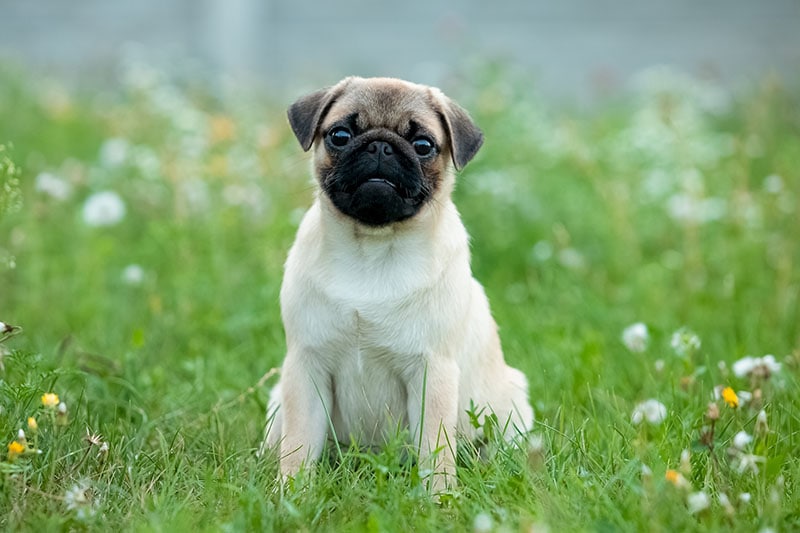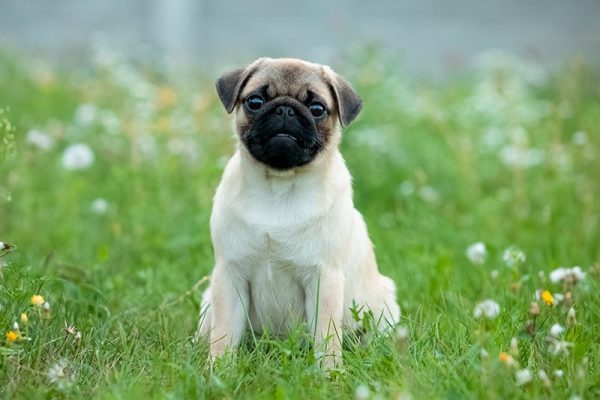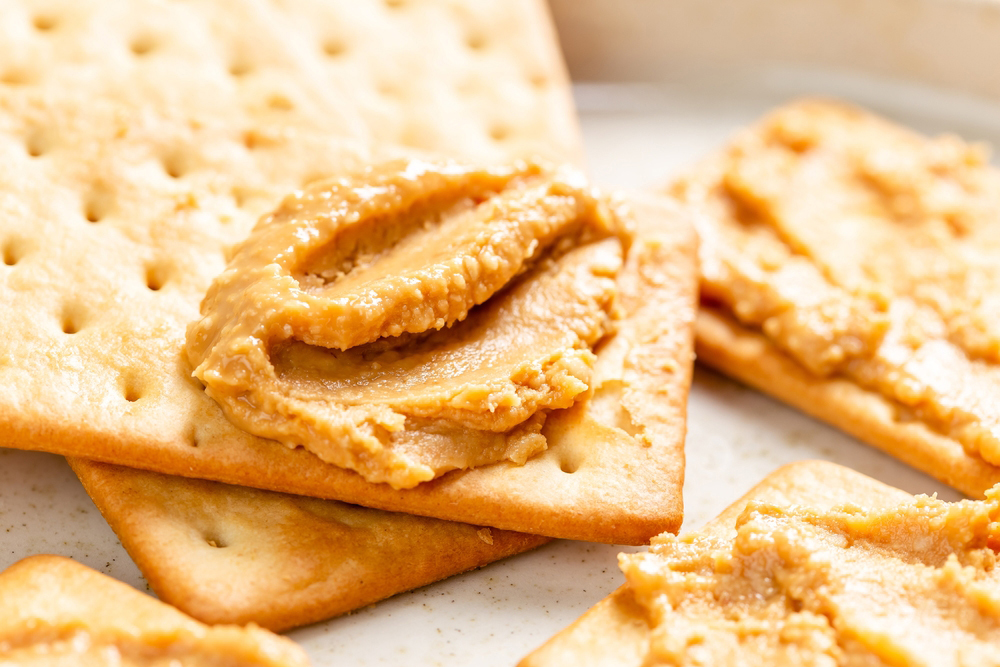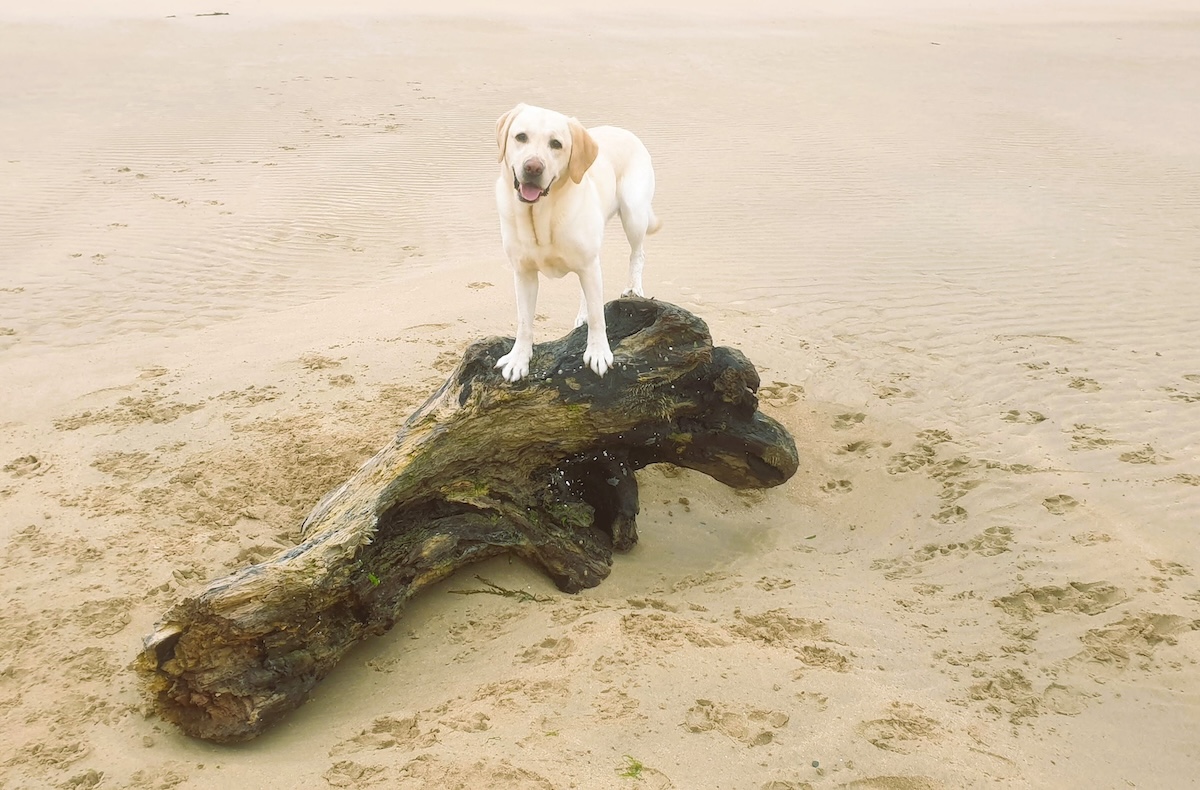Bringing a Pug into your home is a magical time in both of your lives. You have a new best friend and the little puppy has an owner to love and spoil them rotten. While all the cuddles and love are great, you can’t forget about the training. There’s so much your Pug needs to learn as it grows, but possibly the most important is potty training. Of course, this isn’t as easy as it sounds. Let’s take a look at 10 tips and tricks to help make potty training your Pug easier. Soon, the two of you will be back to all the cuddles and kisses with potty training in the bag.
The 10 Tips & Tricks to Potty Train a Pug
1. Decide Which Method You’ll Use
Before you start potty training your Pug, it’s important to decide which training method is going to work the best for your situation. If you’re home a lot, teaching your Pug to potty outside could be your answer. However, this doesn’t work for everyone. You’ll find other methods like kennels, crates, space limiting, and even E-collars that you can choose from. The key is to pick a method and stick to it, so do your research ahead of time.
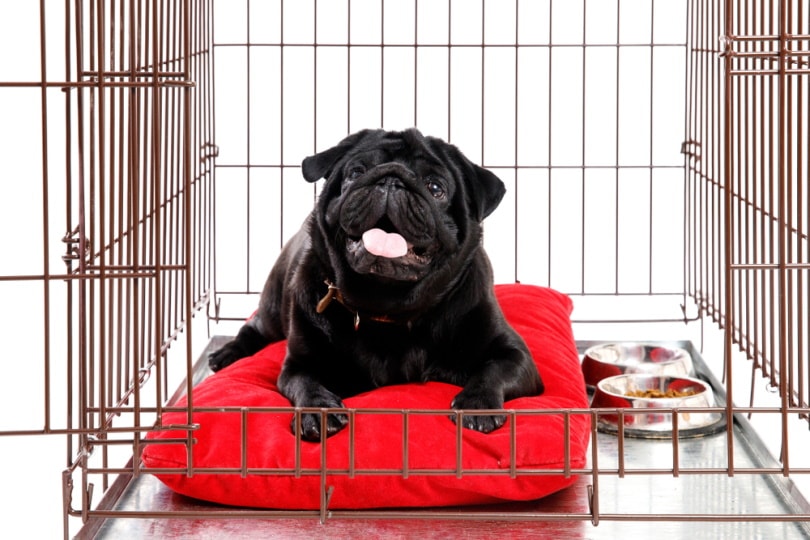
2. Get the Necessities
If outside potty training is your choice, there are a few things you’ll need before you start. Your Pug will need a collar, harness, and leash. Pugs are a brachycephalic dog breed. This means they have a short muzzle and protruding eyes. While you’ll need a collar for your Pug’s identification and tags, a harness is much safer when walking them to go potty.
If you choose another method of training for your Pug, you’ll need those supplies as well. Crates, puppy pads, cleaning sprays, and other necessities should be on hand before you get started.
3. Start Early
Potty training should start early in life. It isn’t recommended for a puppy to separate from their mother and littermates until 8 weeks of age. If this is when you bring your Pug home, training should start immediately for the best results. However, if you are adopting an adult Pug that hasn’t been properly housebroken, don’t worry. It can be more difficult but they can also be trained on how to use the potty where you prefer them to.

4. Create a Schedule and Stick to It
Consistency is crucial when it comes to potty training a Pug, or any puppy for that matter. When your puppy is young and just learning you should take them outside or to the designated area often. You can add a little time in between bathroom breaks as your puppy ages.
Here’s a look at a potty schedule you can start with. Keep in mind, however, all puppies are different and need to go when necessary. You’ll notice when they first wake up, after a lot of play, after eating, and before bedtime are important times to ensure your Pug gets to go potty.
| Age | Time Between Potty Breaks |
| 8 weeks | 2 hours |
| 10 weeks | 3 hours |
| 12 weeks | 4 hours |
| 14 weeks | 5 hours |
| 16 weeks | 6 hours |
| 24 weeks | 7 hours |
| 28 weeks | 8 hours |
5. Choose a Potty Area
Repetitiveness is great for a Pug. They thrive in these types of learning situations. When training your young Pug, choose a particular part of your yard for potty breaks. These intelligent dogs will adjust to the potty routine faster and using the same area makes cleaning up after your Pug much easier.

6. Limit Your Pug’s Roaming Area
During training, it’s important to know where your Pug is at all times so you can help them avoid accidents. When the two of you are spending time together, limit it to a particular room of the house. If you can’t keep an eye on your Pug, limit their space or roaming area. This is where kennels and crates come in handy for potty training. When your Pug needs to be in their enclosure, they prefer not to mess where they sit or lay.
7. Learn the Signs
If you’re new to Pugs and potty training it’s important to learn the signs your pup will exhibit when they need to go potty. Whether it’s a scheduled time or not, if you notice these, your Pug needs to be taken outside to avoid accidents.
- Sniffing around the house
- Circling
- Whimpering
- Restlessness

8. Pick a Phrase
Remember we said Pugs like things to be repetitive? When potty training, choosing a word or phrase to indicate when it’s time to go outside is a great tool. You can use things like “potty”, “outside”, or another phrase of your choice. The key is to use the same word so your Pug will associate it with going potty.
9. Positive Reinforcement Is a Must
Everyone wants to be praised and rewarded when they do something good. Your Pug is the same way. Potty training is a learning process for both of you. When it goes well, both of you should be proud. It’s up to you to show your Pug what a good job they’ve done. Positive reinforcement goes a long way in training a dog. Make sure you praise your Pug and offer treats when they’ve done a good job.

10. Be Patient
Possibly the most important thing to remember when potty training a Pug is to be patient. Like people, dogs learn at their own pace. One Pug may potty train quicker than another. You can’t lose your cool when your puppy has an accident or seems to be learning slower than you expected. Harsh, loud words can set things back. Puppies will lose trust in owners that get upset with them easily. Pace yourself. You and your Pug aren’t miracle workers. Potty training takes time but you’ll be thrilled when you reach your goals.
Summing Up
Training your Pug is an ongoing process when they are young. It may get frustrating at times, but it must be done. Training takes different time and effort for each dog. Keep in mind, however, your dog looks at you for reassurance. How you react in situations is important to them. When things don’t go the way you want them to, take a deep breath, and keep going. Before long your Pug will be potty trained and life will be easier for both of you.
- Related Read: 7 Best Muzzles for Pugs
Featured Image Credit: Inheart, Shutterstock

